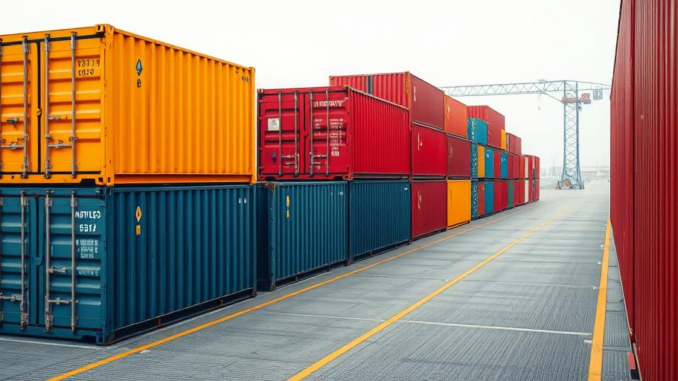
Summary
Red Hat OpenShift Container Storage streamlines data protection for containerized applications. This article explores how OpenShift, combined with various backup and recovery solutions, ensures data resilience, mobility, and efficiency. Solutions such as Storware and Trilio offer comprehensive data protection features, including backup and recovery of persistent volumes and entire applications.
Protect your data with the self-healing storage solution that technical experts trust.
Main Story
Protecting data within containerized environments presents unique challenges, but Red Hat OpenShift Container Storage (OCS) simplifies the process, offering robust solutions for backup and recovery. Leveraging the power of Kubernetes and integrating with various data protection platforms, OCS ensures data resilience, facilitates seamless migration, and optimizes resource utilization. This approach empowers businesses to confidently run stateful containerized applications, knowing their data is safeguarded against potential disruptions.
One of the key advantages of OCS is its ability to provide persistent storage for stateful applications within OpenShift. Unlike stateless containers that lose their data when terminated, stateful applications require persistent storage to retain data across container restarts and failures. OCS addresses this by integrating with various storage providers, enabling administrators to provision and manage persistent volumes directly through the OpenShift console. This dynamic provisioning capability ensures applications have access to the storage they need, when they need it.
OpenShift Container Storage leverages Container Storage Interface (CSI) drivers for snapshot creation and data protection. Snapshots capture the state of a persistent volume at a specific point in time, enabling quick restoration to a previous state. This is crucial for recovering from data corruption, accidental deletions, or other unforeseen events. CSI snapshots can also be used for creating backups and clones of persistent volumes, facilitating data mobility and disaster recovery. Several backup and recovery solutions are available that integrate seamlessly with OCS. These solutions offer advanced features like incremental backups, point-in-time recovery, and application-consistent backups. By automating these processes, organizations can ensure data protection without manual intervention, minimizing operational overhead.
Solutions like Storware, Veritas, and Trilio offer comprehensive data protection for OpenShift environments. Storware, a certified Red Hat OpenShift Operator, provides consistent data protection with the ability to recover from a specific point in time. Veritas offers a robust solution with features like resiliency, mobility, and efficiency, ensuring enterprise-grade data protection for containerized applications. Trilio, specifically designed for ROSA (Red Hat OpenShift Service on AWS), simplifies backup and recovery operations, including disaster recovery and application migration.
Data mobility is another critical aspect of data management, especially in multi-cloud or hybrid cloud deployments. OCS facilitates seamless data migration between different OpenShift clusters or cloud environments. This capability allows organizations to move their applications and data without disrupting operations, enabling disaster recovery, application scaling, or cloud migration scenarios.
OpenShift APIs for Data Protection (OADP), based on the open-source project Velero, simplifies backup and restore operations within OpenShift clusters. OADP allows backing up and restoring Kubernetes resources, including persistent volumes, at the namespace level. This granular approach enables flexible data protection strategies and minimizes recovery time.
Finally, OCS helps optimize resource utilization and reduce infrastructure costs. By dynamically provisioning storage and automating data protection tasks, organizations can avoid over-provisioning and streamline storage management. This efficiency can lead to significant cost savings, especially in large-scale container deployments. Choosing the right backup and recovery solution depends on specific organizational needs and environment. Factors to consider include the scale of deployment, the type of storage used, recovery time objectives (RTOs), and recovery point objectives (RPOs). By carefully evaluating these factors and selecting an appropriate solution, organizations can ensure comprehensive data protection for their containerized applications running on OpenShift.


So, OpenShift simplifies data protection, you say? Does this mean I can finally stop blaming my cat for accidentally deleting production data? Asking for a friend, of course.
Haha, that’s a great point! While OpenShift can’t prevent feline intervention entirely, it definitely provides a more robust safety net for data protection. With features like snapshots and automated backups, you’ll have way less to *meow* about when those unexpected accidents happen! Perhaps consider training the cat?
Editor: StorageTech.News
Thank you to our Sponsor Esdebe
So, OpenShift ensures data resilience… does this mean I can now blame *two* cats for production mishaps and still have a fallback? Inquiring minds want to know!